Everyone’s circumstances are different. The following example reflects a simple case where a homeowner experienced a loss, had some insurance, but not enough insurance to cover the entire loss. In this example, the decrease in Fair Market Value was smaller than the adjusted basis in the home, allowing the decrease in FMV to be used as the basis for the casualty loss claim.
Your circumstance may have nothing in common with this example, but this should help you understand the process.
All information provided is an example of how the program could possibly work. It is not tax advice and you should consult with your tax specialist to verify your personal benefit analysis.
Example:
In September your home was damaged by flooding from a hurricane. The Fair Market Value (FMV) of your home before the flooding was $180,000. The Fair Market Value after the flooding was $80,000. You collected $50,000 in the form of flood insurance. Your deduction for the casualty loss is $49,500, figured in the following manner:
1. FMV of the entire property before the fire $180,000
2. FMV of the entire property after the fire $ 80,000
3. Decrease in FVM of the entire property (line 2 – line 3) $100,000
6. Subtract insurance -$ 50,000
7. Loss after reimbursement $ 50,000
8. Subtract $500 (IRS $500 rule) -$ 500
9. Loss after $500 rule $ 49,500
10. Casualty Loss Deduction $ 49,500
Note: Disaster Relief, LLC and its members and personnel do not provide tax or legal advice. Client should consult with qualified tax or legal professionals for advice or assistance with proper tax reporting and completion of tax returns.

